Three Unforgettable Days in Quebec City: History, Culture, and Water Views
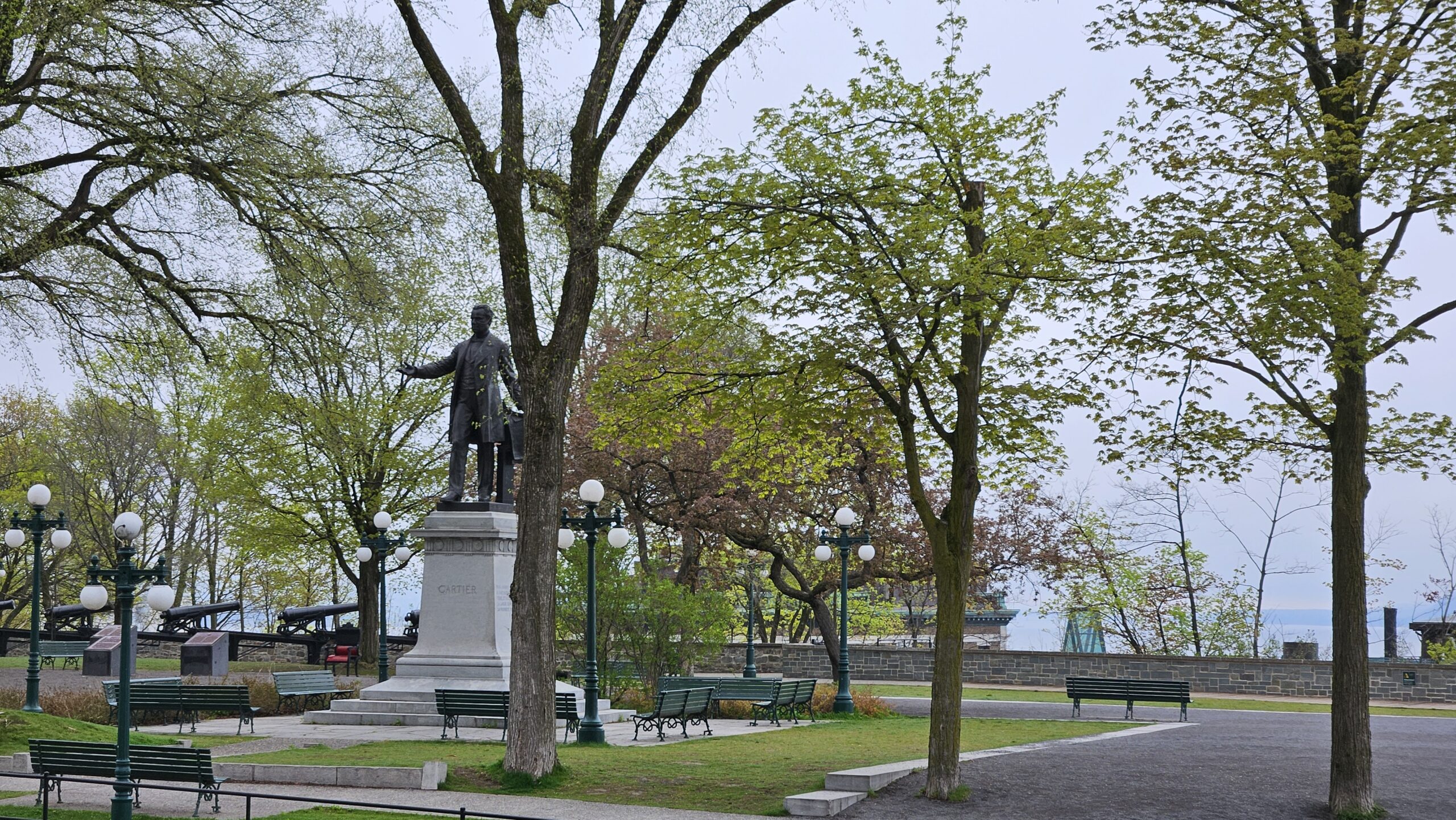
Day 1
Walking briskly through the Old Quarter of Quebec City, along cobblestone streets, past 400-year-old stone buildings, and up steep stairwells, GPS in hand, I was racing to my guided walking tour, which was about to begin in 3 minutes. I couldn’t help but think: this place doesn’t feel like anywhere I’ve been in North America. With just a glance up from my phone, I was instantly transported to Europe and back in time.
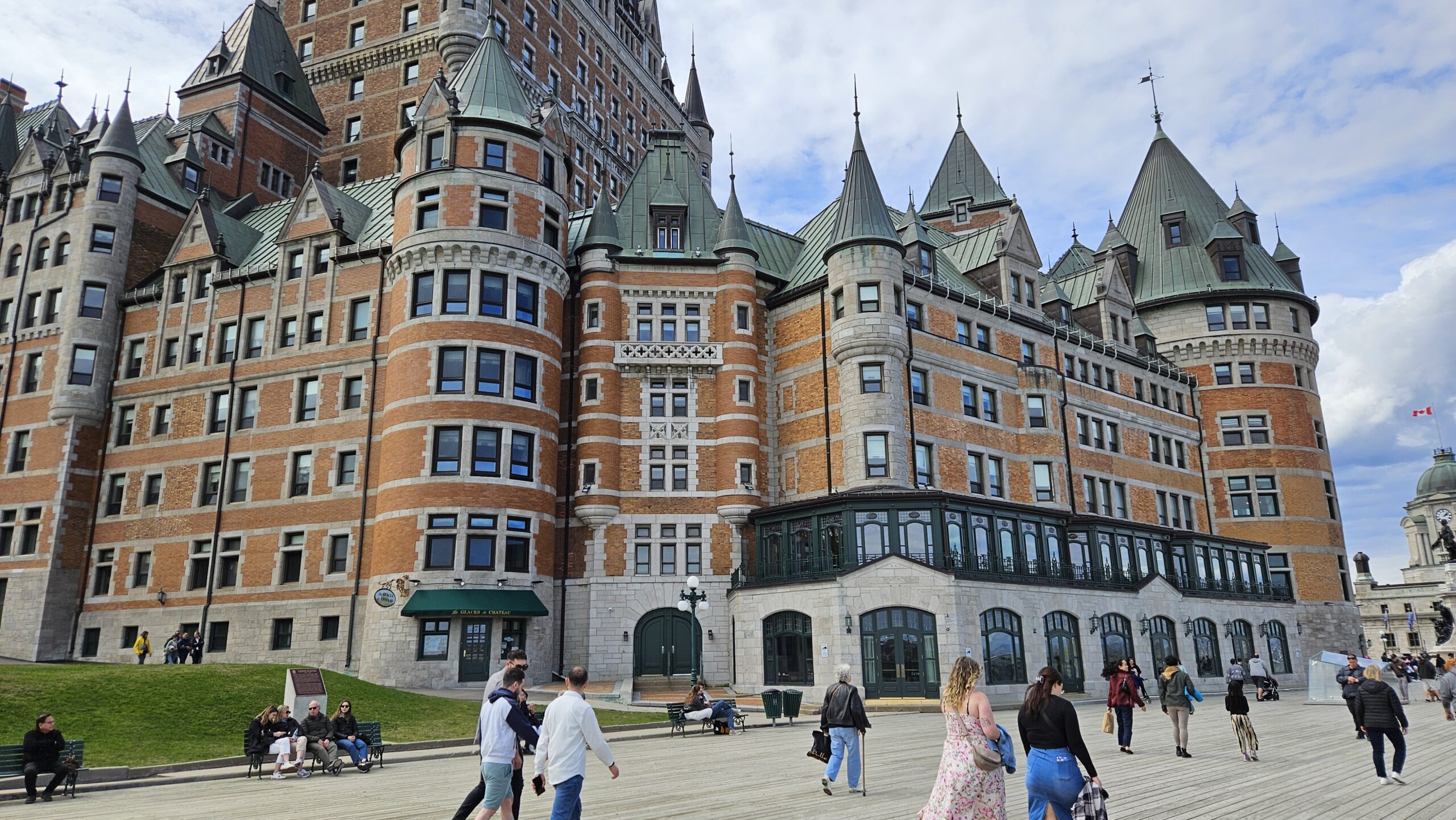
Our guide from Cicerone Tours was dressed in full period costume, setting the scene for a journey back to 1608. For the next two hours, he regaled us with stories of life in New France. We learned about Samuel de Champlain, the founder of Quebec, whose settlement marked the beginning of French colonization in North America. He and other historical figures like Jacques Cartier, General Montcalm, and General Wolfe brought Quebec City to life through stories of exploration, conflict, and survival.
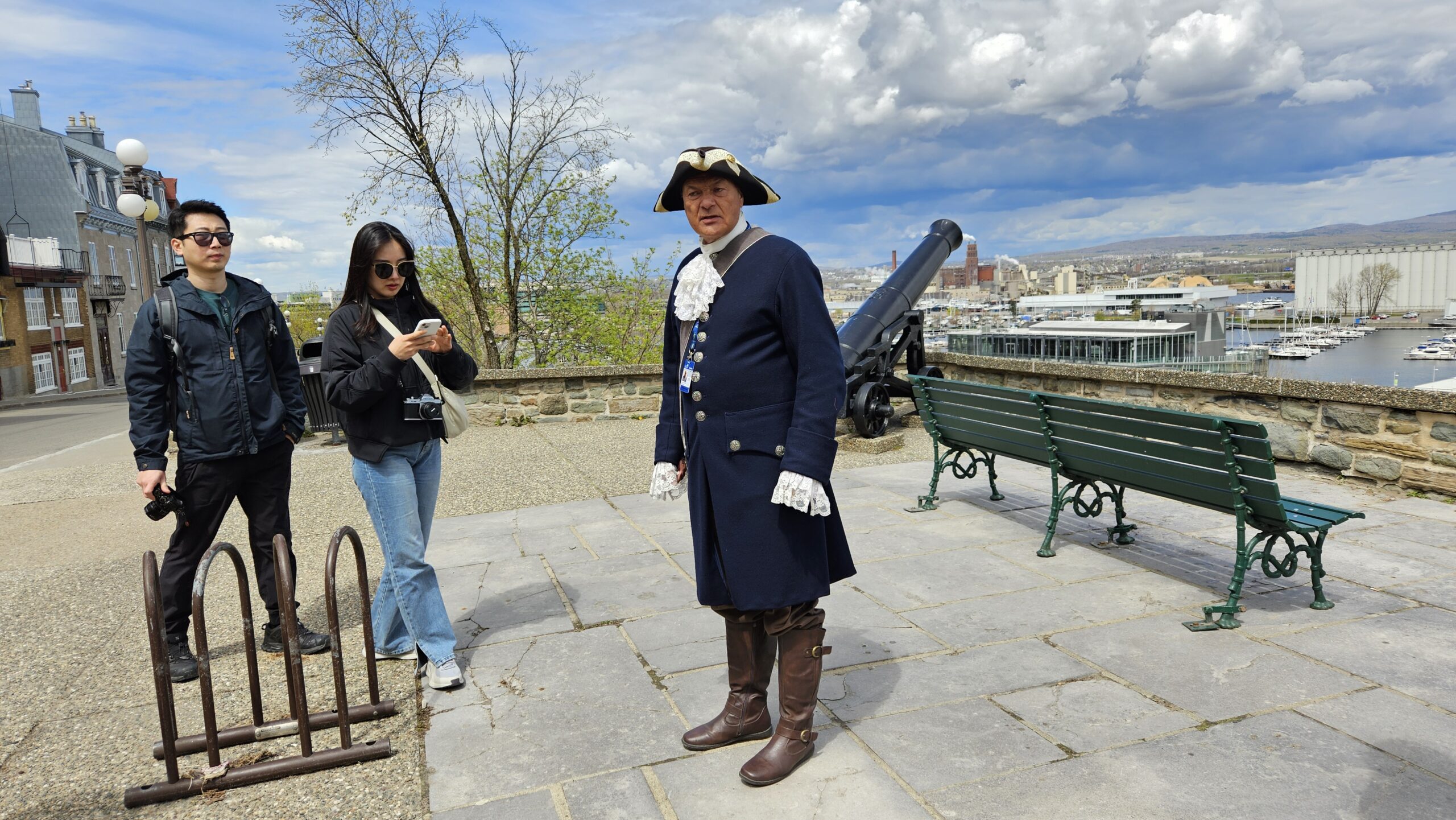
We walked alongside the city’s famous fortifications, past cannons overlooking the St. Lawrence River, shimmering in the distance. Quebec is the only fortified city in North America whose walls still exist north of Mexico, a testament to its strategic importance during centuries of colonial conflict. Built to withstand attacks, particularly from the English and Indigenous groups, these walls tell a story of a city long marked by its role as a military stronghold.
After this whirlwind history lesson, we stopped for fresh-baked croissants and coffee at Café Maison Smith, a cozy spot nestled in the old town. From there, we took a leisurely stroll along Dufferin’s Terrace, a wide boardwalk with panoramic views of the St. Lawrence River and the majestic Château Frontenac towering above. This historic hotel, built in the late 19th century, stands as one of the most iconic landmarks in North America and has hosted everyone from world leaders to movie stars.
For dinner, we dined at Restaurant La Buche, indulging in traditional Quebec fare like *Tourtière* (a savory meat pie), pork ribs, and *Pâté Chinois* (Quebec-style shepherd’s pie). Each dish harkens back to Quebec’s early days, when settlers had to create hearty meals to endure the long, harsh winters. The cuisine is a reflection of the province’s blend of French heritage and New World influences.
Day 2
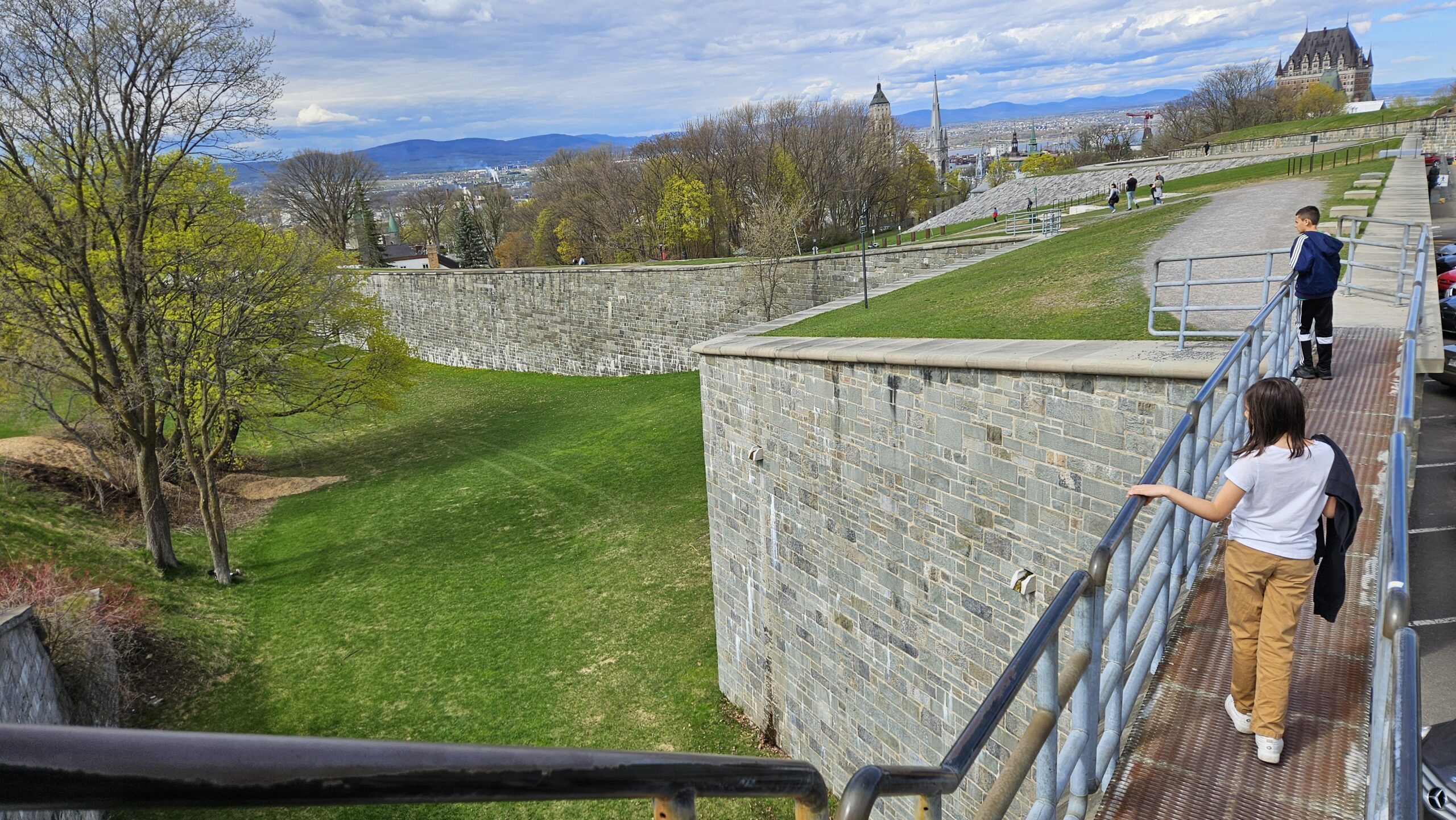
The next morning, we kicked off the day with a guided tour of La Citadelle, home to the famous Royal 22nd Regiment, known as the “Vandoos.” This star-shaped fortress sits high atop Cape Diamond and still functions as an active military base. Constructed by the British after their conquest of New France in the 18th century, the Citadelle was designed to protect against future American invasions. Walking through its corridors and ramparts, you get a sense of the military history that has shaped Quebec’s identity.
From there, we visited the Plains of Abraham, where the pivotal 1759 battle between the British and French took place. This battle, part of the larger Seven Years’ War, saw British General Wolfe defeat French General Montcalm, leading to the fall of Quebec and ultimately French rule in Canada. The consequences of this defeat still resonate today, as Quebec’s unique identity as a French-speaking region within Canada was shaped by these historic events. The museum on-site delves deeper into this conflict, with relics from the battle and exhibits that bring this dramatic moment in history to life.
In the afternoon, we rented a car and headed to the countryside, to Érablière Lac Beauport, a traditional *cabane à sucre* (sugar shack). Maple syrup is more than just a sweet treat in Quebec—it’s part of the cultural fabric. The Indigenous peoples of the region taught early French settlers how to tap maple trees and collect sap, a tradition that continues to this day. At the sugar shack, we learned about the process of making maple syrup, from collecting the sap to boiling it down. Inside, a singer performed old French folk songs while we waited for our meal of hearty Quebecois cuisine. The rich, earthy flavors of dishes like thick pea soup and maple-glazed ham paired perfectly with the rustic atmosphere.
Day 3
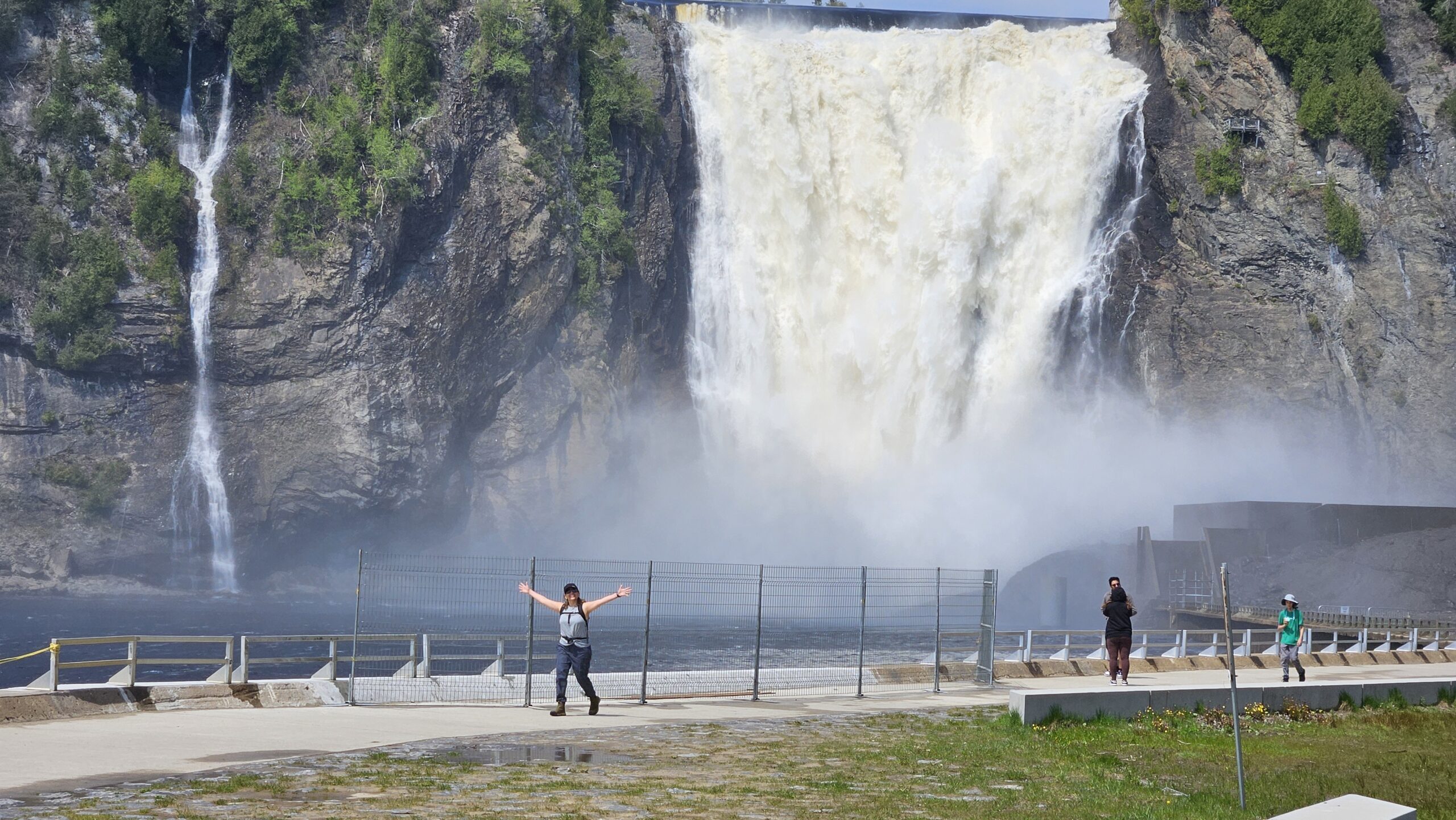
Our final day began with a breakfast buffet at the grand Château Frontenac. The hotel, which opened in 1893, is the epitome of old-world luxury. Even if you’re not staying there, enjoying breakfast while soaking in the view of the St. Lawrence River is a must. The hotel’s history is as rich as the city itself, and its grandeur has made it one of the most photographed buildings in the world.
Next, we took a short drive to Montmorency Falls, just 15 minutes from Quebec City. At 83 meters tall, Montmorency Falls is even higher than Niagara Falls, and its thundering waters are an awe-inspiring sight. We climbed the staircases that lead to the top of the falls, taking in the powerful spray as we went. Crossing the suspension bridge over the falls offered stunning views of the St. Lawrence River and the Île d’Orléans in the distance.
A bit farther along the river, we arrived at the Basilica of Sainte-Anne-de-Beaupré, one of the most revered pilgrimage sites in North America. The basilica, with its stunning mosaics and intricate stained glass, has been a destination for millions seeking spiritual healing and miracles. The grand interior is a work of art, with every inch telling stories from the New Testament.
Our three days exploring Quebec City and its surroundings were filled with history, natural beauty, and a sense of connection to the past. From the fortified walls of the Old City to the roaring waterfalls and the peaceful sanctuary of Sainte-Anne-de-Beaupré, Quebec offers an unforgettable journey through time and culture. Though we didn’t encounter any miracles ourselves, the trip was nothing short of extraordinary.




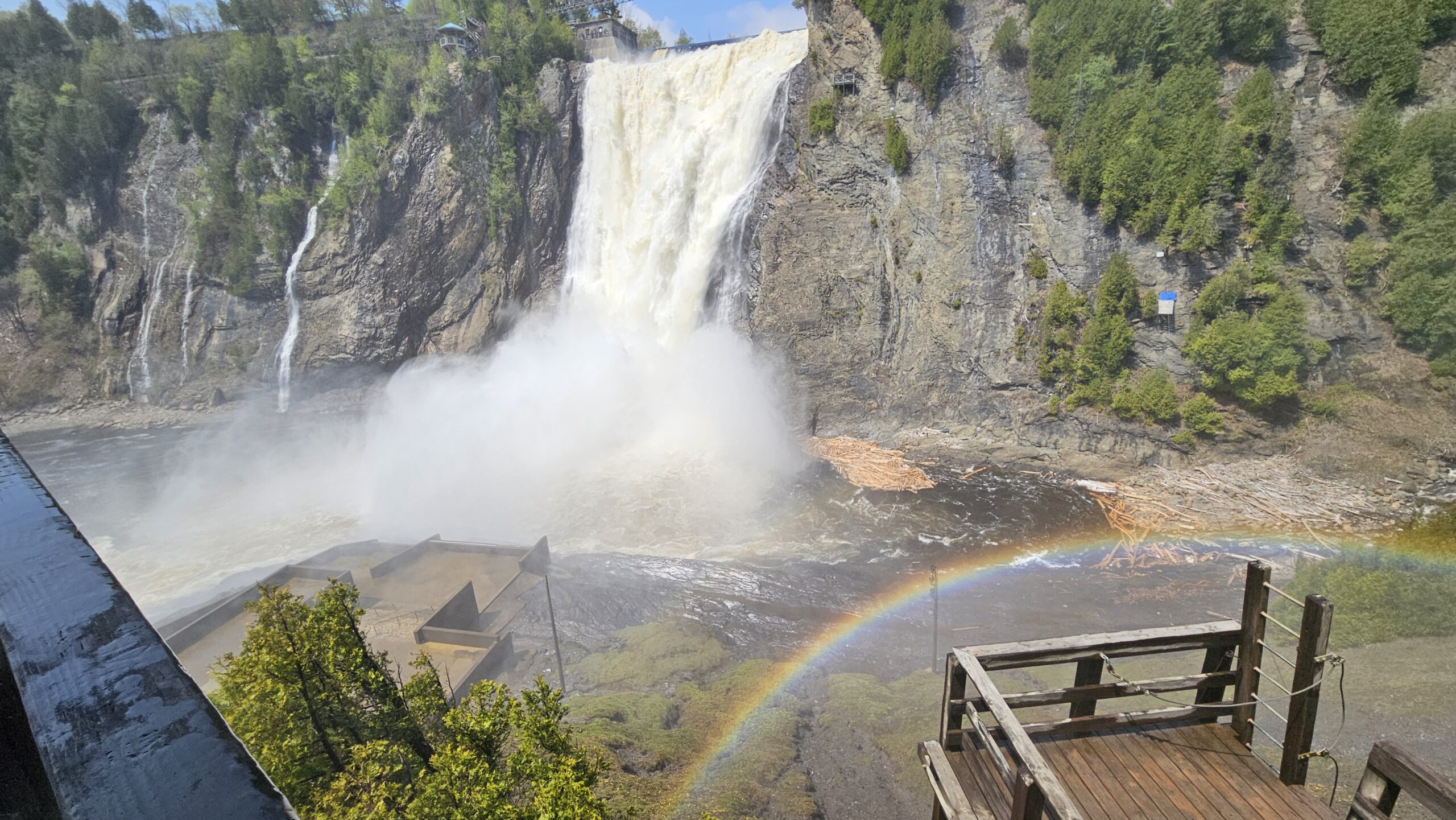
Comments are closed